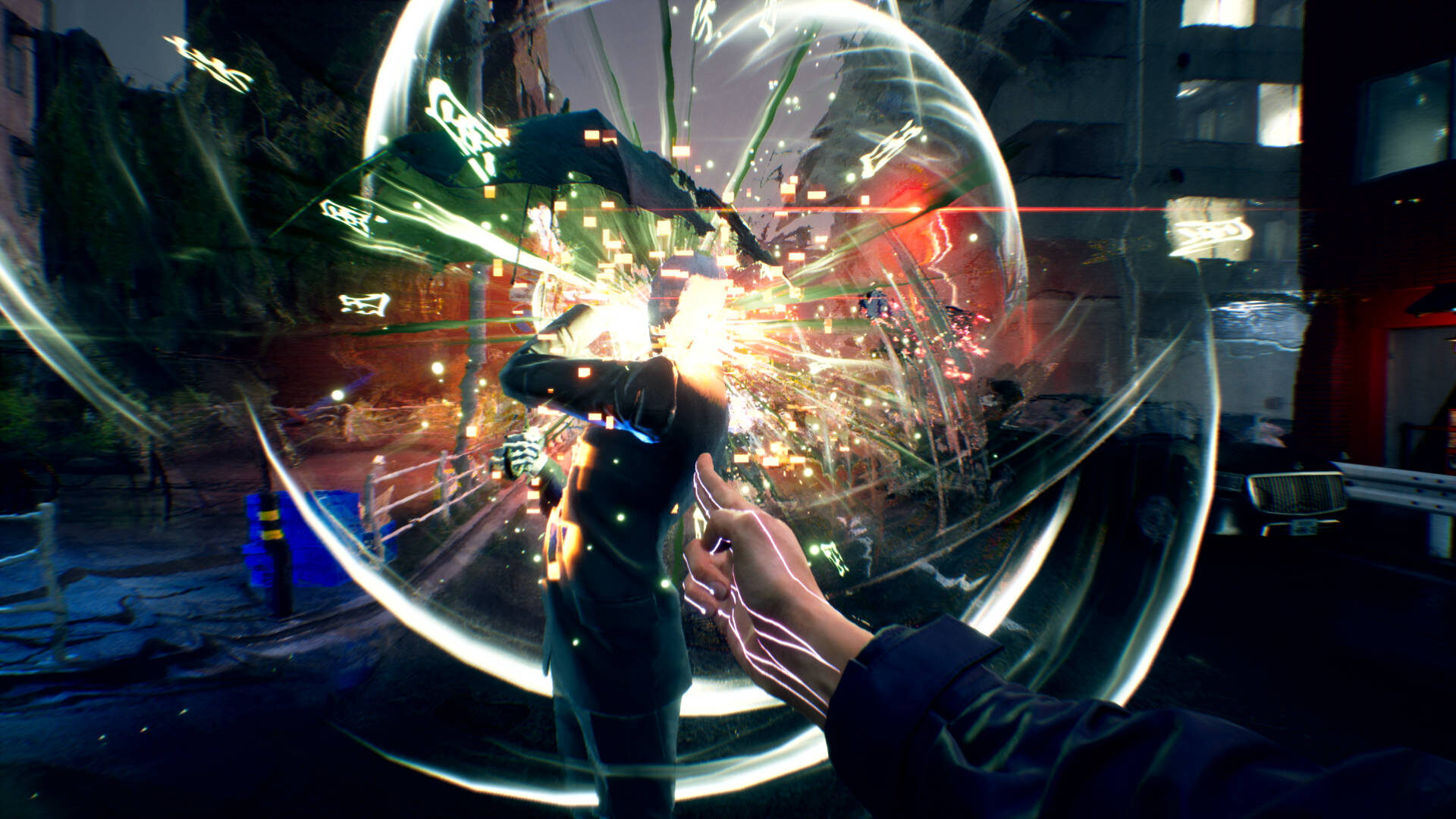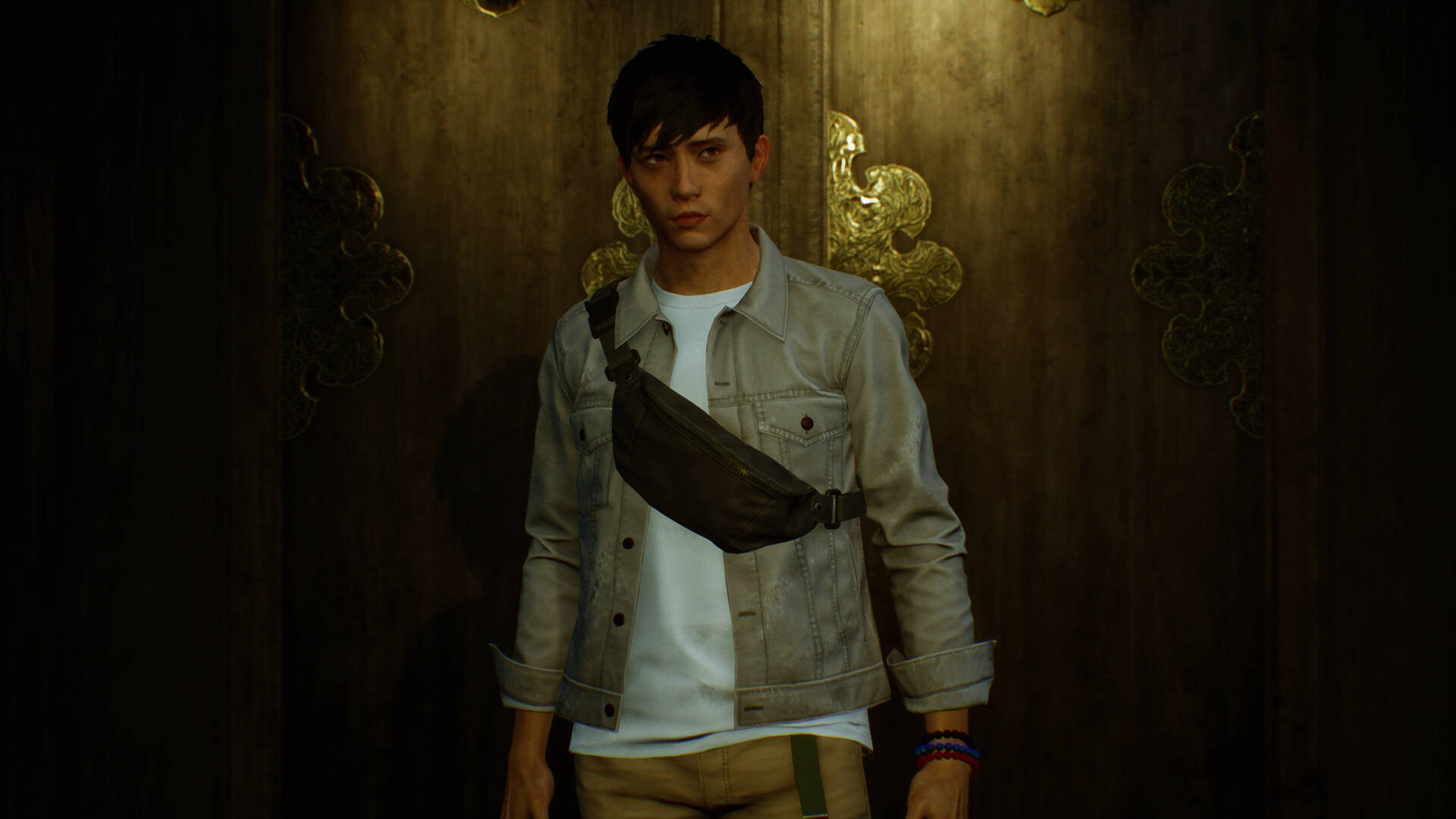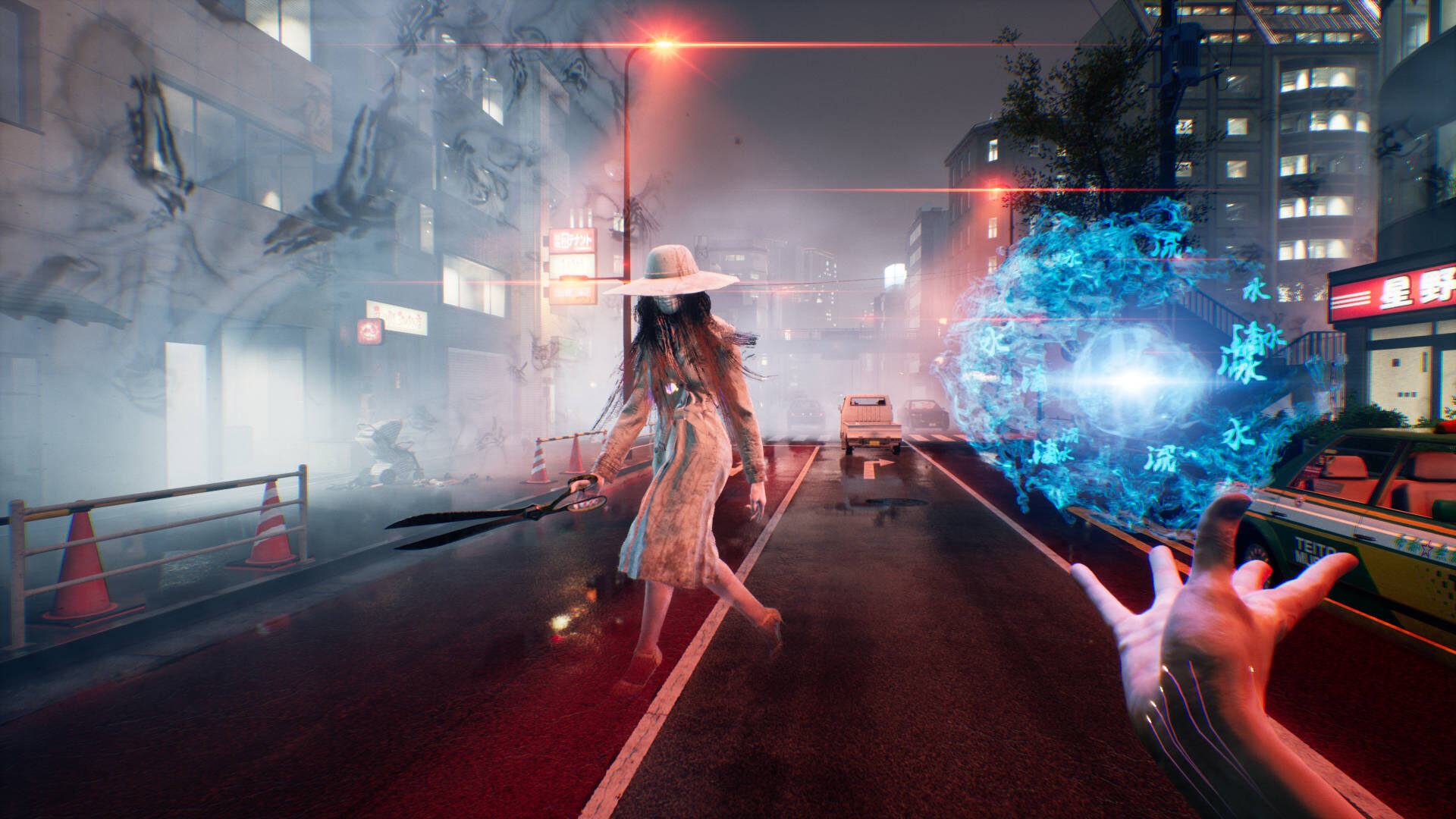After being incredibly excited to see where Shinji Mikami and his new studio would take us, I was thoroughly disappointed with The Evil Within. And then, after having zero expectations for it, The Evil Within 2 ended up being a wonderful surprise. Tango’s latest project, Ghostwire: Tokyo, seemed mildly interesting to me at first, but the closer we got to its launch, the more my anticipation built.
Now that I’ve (mostly) completed Ghostwire: Tokyo, I can say that it’s a win for Tango Gameworks—but not an easy win. This is one of those games that you’d describe as a “love it or hate it” kind of experience, except in this case, it’d be more “like it or hate it.” I think a decent amount of people are going to accuse Ghostwire of being boring, and it kinda is, especially if what it’s trying to do doesn’t click with you.

One of the areas where I foresee those mixed reactions the most is in the game’s exploration. A lot of the focus in Ghostwire: Tokyo is in investigating Tokyo’s Shibuya district and its surrounding streets, and some of the thrill of that exploration rests on enjoying the scenery without always expecting to find something where you’re going. As someone who loves poking around the back streets of Japan in real life, and who has been to many of the game’s locations in person, wandering the streets of Tango’s virtual Shibuya was a lot of fun. This is a beautiful and interesting playground we’re let loose into, and if you’re the type who likes to take the time to appreciate the work that goes into making virtual worlds, this is a great place to get stuck for 15-plus hours. If you aren’t, then it may feel like a lot of the streets and alleys lead nowhere.
The other side of that is that Tango has been experimenting more with open worlds, and I don’t think they’ve quite nailed the execution just yet. Whereas The Evil Within was a mostly linear experience (at least from memory), The Evil Within 2 went back and forth between more focused and more expansive locations. Here, Ghostwire: Tokyo is fully open world, although much of the area remains blocked off until you purify torii gates that correspond to a particular segment of the deadly fog that has covered the city. In comparison to most other open-world games out there—excluding a certain one I’m trying hard not to mention—what we get here feels pretty standard. Each torii gate tells you how many items, power-ups, or collectables are still in the area they cover, and your map gets filled with plenty of objective icons. Nothing’s really wrong with what Tango did in this regard, and the hunt to clear out those icons can indeed be satisfying, but the game also never really attempts to break the mold in ways it could have given the setting and themes. There was a lot of potential for taking the game outside the norms, yet it often seems surprisingly conservative, especially when compared to The Evil Within 2.
The stand-out change to the open world formula is that scattered across the city are the souls of the people who mysteriously vanished when the fog rolled into town. In order to help usher those souls to the afterlife, Akito must collect them using traditional Japanese talismans and send them on their way via public phone. There are just over 240,000 souls to save, and after beating the game and putting a handful of hours specifically into sidequests, I’m only at around 84,000 or so. The amount of work that’ll have to go into completing that task is almost comedic, and I’ve no clue if it’ll be worth it in the end. At the same time, I do want to give credit to the sidequests that Tango has come up with. While some of them are pretty standard, others are genuinely interesting, involving tasks or situations that lean into Ghostwire’s weirder side. Even better, all of those quests are over rather quickly, never getting bogged down for the sake of padding the game’s runtime.

Another element to Ghostwire: Tokyo that is sure to get mixed reactions is its combat, which ends up being not as big of a focus as I expected. In the opening cinematic, main character Akito has his body invaded by a mysterious being calling himself KK, and the merger of the two gives Akito the ability to use elemental attacks that mix martial arts and magic. With all of the citizens of Shibuya having vanished into the fog, the streets are now filled with strange demons known as the Visitors. To defeat them, Akito must rely on his newfound powers, which manifest in gameplay that feels like a simpler take on the first-person shooter genre—just, you know, with you shooting projectiles out of your hand instead of a gun. Each elemental type offers a different style of attack, from faster but weaker wind projectiles, to water shots meant to hit multiple enemies at the same time, to fireballs that can be charged up to do area of effect damage. Using either those mystical attacks, or a special bow that comes in handy at those times Akito loses his powers, you need to either kill off enemies completely, or attack them enough to stagger them, at which point you can pull out and destroy their “cores.” If you’ve watched my preview for Ghostwire, you’ll know that I wasn’t enjoying its combat as much as I had hoped to. While I definitely still have problems with the overall execution of fighting the Visitors—I do now think there should be some sort of lock-on, and fights can feel clunky far too often both in aiming and movement options—I actually ended up liking the core combat system more than I thought I would.
Ghostwire’s skill tree feels strangely limited in what it offers in terms of power-ups, but once you’ve pumped points into boosting Akito’s abilities and found certain stat-buffing items, the combat system Tango put together gets much more enjoyable. What also increases that engagement is that later-game enemies offer up much more of a challenge than those you run into early on. Sure, they at times reach the point of feeling like cheating bastards, but they offer a thrill that the slower-moving and less-dangerous enemies can’t—at least until you’re dealing with bigger groups of them.
By late in the game, I was constantly running around, swapping between elemental attack types, pulling out the cores of staggered foes right before one of the big baddies could hit me, parrying their attacks when they tried to, and getting into a surprisingly satisfying rhythm. There’s plenty that Tango could improve about the combat in Ghostwire: Tokyo, and it doesn’t have the most satisfying of bosses (the end boss especially goes down way too quickly), but an area of the game that I went in with legitimate concerns over ended up being better than I expected.

However, it was another expectation that I had going in that would lead to the game’s weakest point: the story. The journey that Akito and KK go on is an interesting one, as they try to stop the mysterious masked man called Hannya from completing his sinister plans. It’s just, when I beat the game at the 18-hour mark, I felt like I could have used another 4~5 hours of narrative. There are characters I was sure I’d meet that I never did. Near the end, we get a giant exposition dump that should instead have come as pieces woven throughout the game. We do learn more about KK and his past, but spend very little time reflecting on any of it. We get flashes of both the Japanese mythological and darker spiritual territory Ghostwire was set up to head into, but never anywhere near enough of it. I know nothing about the game’s development history other than the few glimpses we’ve seen publicly, but I can’t help but feel like we’re playing something that had decent chunks of its story cut due to time, costs, or a change in overall direction.
I’ve long said that I’d rather have an ambitious but flawed game over a perfectly polished yet totally safe one, and in that, I appreciate what Tango Gameworks tried to do here. And yet, Ghostwire: Tokyo is simply not as ambitious as the studio’s earlier games, either on a gameplay or narrative level, and that’s a disappointment. I think this is a good game, but it’s sadly never great—and if you play it and feel it falls more into “average” territory, I wouldn’t blame you one bit. There are some parts of Ghostwire that I genuinely enjoyed, and which I’d love to see expanded and enhanced in a sequel, but there are also so many hints that we’re about to jump into a deep dark lake of intrigue and imagination, only to end up sitting in a wading pool.

|
★★★★☆
Ghostwire: Tokyo offered Japanese developer Tango Gameworks a chance to mix things up after the first two The Evil Within games, and the result is an open-world action adventure that definitely has its moments. Unfortunately, those moments come together with some missed potential and a lack of truly fleshing out all of the ideas presented. In the end, Ghostwire: Tokyo is a good game—but one that could have been something more. |
Developer Tango Gameworks Publisher Bethesda Softworks ESRB T - Teen Release Date 03.25.2022 |
| Ghostwire: Tokyo is available on PlayStation 5, PC. Primary version played was for PS5. Product was provided by Bethesda Softworks for the benefit of this coverage. EGM reviews on a scale of one to five stars. | |

Mollie got her start in games media via the crazy world of gaming fanzines, and now works at EGM with the goal of covering all of the weird Japanese and niche releases that nobody else on staff cares about. She’s active in the gaming community on a personal level, and an outspoken voice on topics such as equality in gaming, consumer rights, and good UI. Check her out on Bluesky and Mastodon.